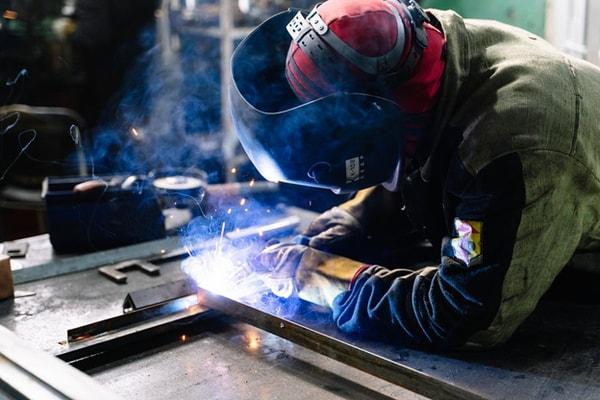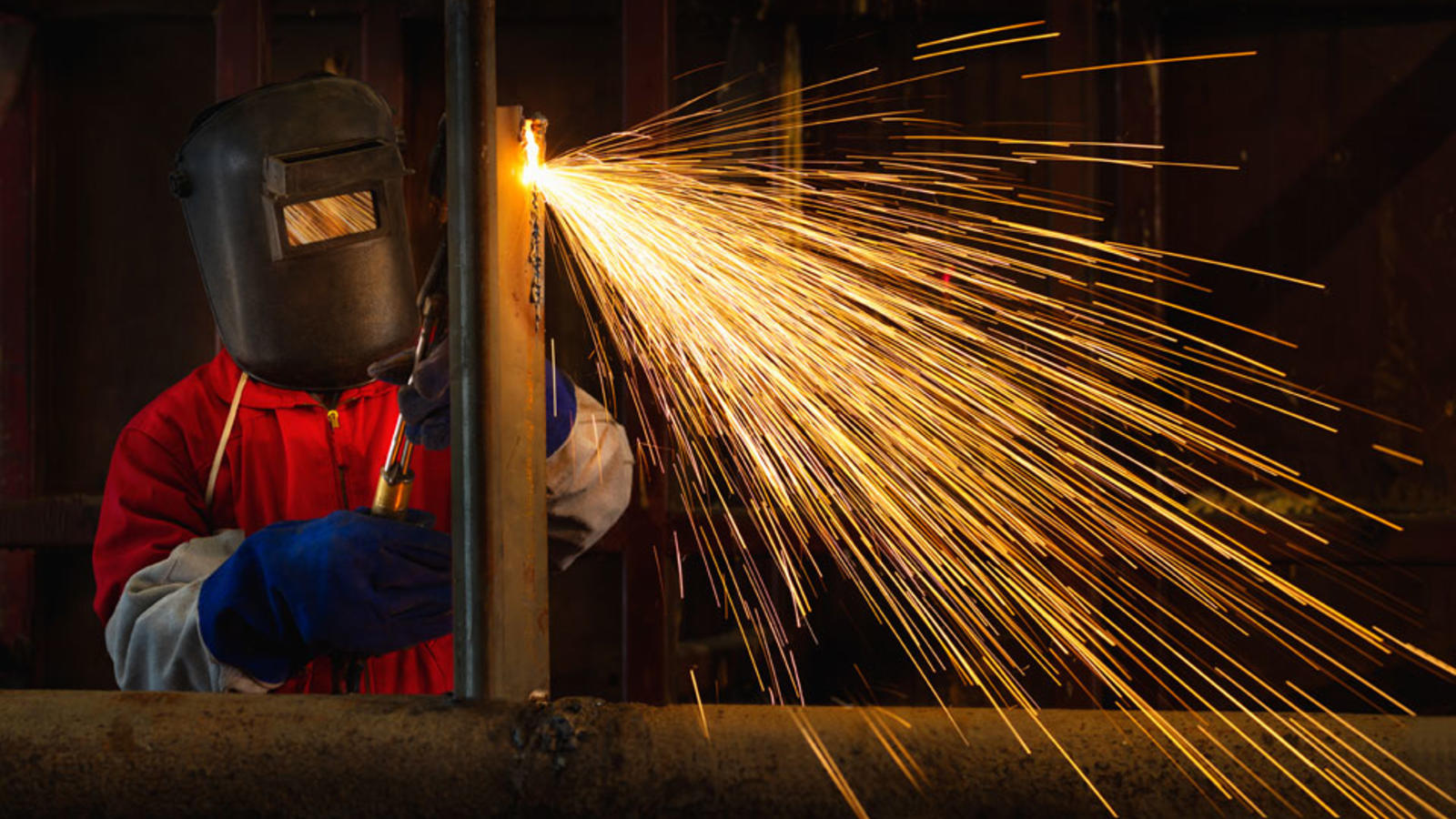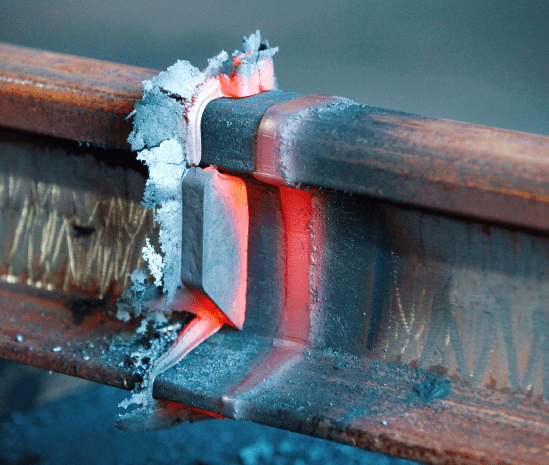Comprehending Welding WPS: Comprehensive Overview for Welders
Comprehending Welding WPS: Comprehensive Overview for Welders
Blog Article
The Ultimate Overview to Welding WPS Procedures: An Extensive Overview for Welders
In the elaborate world of welding, Welding Treatment Specifications (WPS) serve as the foundation of ensuring top quality, uniformity, and safety in welding operations (welding WPS). As we delve into the numerous components of a WPS and discover the intricacies of qualification and certification, we will uncover the important role these procedures play in the world of welding.
Value of WPS Procedures
Comprehending the importance of Welding Procedure Specs (WPS) procedures is important for making certain the quality and integrity of bonded structures. WPS procedures work as a roadmap for welders, describing the necessary steps, parameters, and materials required to attain an audio weld. By adhering to WPS standards, welders can make sure consistency in their job, causing trusted and structurally audio welds.
Among the main reasons WPS treatments are important is their duty in preserving weld quality and honesty. Complying with the defined welding specifications and techniques laid out in the WPS aids avoid problems such as porosity, fracturing, or incomplete combination, which can jeopardize the stamina and longevity of the weld. Furthermore, WPS treatments are crucial for ensuring conformity with market standards and codes. By following recognized WPS standards, welders can demonstrate that their work meets the necessary needs for security and quality, providing guarantee to customers, assessors, and governing bodies. Essentially, the relevance of WPS procedures can not be overstated, as they are essential to achieving constant, high-quality welds that meet industry standards and specifications.

Elements of a WPS
A Welding Treatment Requirements (WPS) normally makes up vital elements that information the details demands for executing a weld, making sure uniformity and quality in the welding procedure. The vital elements of a WPS consist of essential variables such as base metals, filler metals, interpass and preheat temperatures, welding procedures, protecting gases, welding positions, and post-weld warm treatment demands.
Base metals refer to the products being signed up with, while filler metals are used to fill the space in between the base metals during welding. The welding procedure lays out the specific method to be used, whether it's gas steel arc welding (GMAW), secured steel arc welding (SMAW), or another technique. Welding placements specify the orientations in which welding can be executed.

Credentials and Certification
Having established the necessary parts of a Welding Procedure Specification (WPS), the focus now moves in the direction of the vital aspects of qualification and certification in welding methods.

Certification, on the various other hand, is the official recognition of a welder's certifications by a pertinent qualification body or company. Welding qualifications are generally based upon the certain welding processes, products, and placements a welder is qualified to collaborate with. Holding a valid welding accreditation shows that a welder meets sector criteria and is proficient to execute welding tasks to the needed requirements.
Creating a WPS
To develop a Welding Treatment Specification (WPS) that satisfies sector requirements, cautious consideration of welding procedures, materials, and operational criteria is necessary (welding WPS). The initial step in developing a WPS is to identify the welding process to be utilized, such as gas metal arc welding (GMAW) or protected steel arc welding (SMAW) As soon as the welding procedure is established, the next important facet is picking the proper products, taking into consideration elements like base metal type, density, and joint style. Functional criteria such as welding existing, voltage, traveling rate, and securing gas make-up have to also be carefully defined in the WPS.

Implementing and Keeping An Eye On WPS
Upon wrapping up the comprehensive Welding Procedure Spec (WPS) that carefully details welding procedures, materials, operational specifications, and quality control measures, the focus shifts to properly carrying out and keeping track of the well established procedures. Application entails guaranteeing that all welders included in the task are acquainted with the WPS and follow it diligently throughout the welding process. This calls for offering adequate training and guidance to assure adherence to the specified procedures. Monitoring the WPS entails continual oversight to validate that welding tasks line up with the documented specifications. Inspections, screening, and top quality control procedures are vital components of the surveillance procedure to determine any type of concerns or inconsistencies immediately. Routine audits and reviews of the welding treatments assist in keeping uniformity and quality throughout the task. Efficient implementation and monitoring of the WPS are important for making certain the integrity, stamina, and safety of the bonded joints, eventually adding to the overall success of the welding project.
Verdict
To conclude, understanding and adhering to Welding Procedure Requirements (WPS) is essential for welders to make sure high quality, consistency, and safety in their job. By recognizing the parts of a WPS, getting proper qualifications and accreditations, producing detailed procedures, and implementing and checking them properly, welders can improve their skills and effectiveness in welding practices. Sticking to WPS treatments is important for producing high-grade welds and conference sector standards.
In the elaborate globe of welding, Welding Treatment Specs (WPS) serve as the backbone of making certain high quality, consistency, browse around these guys and security in welding procedures. The welding procedure details the certain strategy to be utilized, whether it's gas steel arc welding (GMAW), protected metal arc welding (SMAW), or one more technique.To establish a Welding Procedure Specification (WPS) that fulfills market criteria, cautious consideration of welding processes, materials, and functional criteria is essential. The first action in developing a WPS is to recognize the welding procedure to be utilized, such as gas metal arc welding (GMAW) or protected metal arc welding (SMAW)Upon finalizing the comprehensive Welding Treatment Requirements (WPS) that thoroughly details welding processes, materials, functional specifications, and high quality assurance actions, the focus moves to efficiently executing and keeping an eye on the visit homepage established treatments.
Report this page